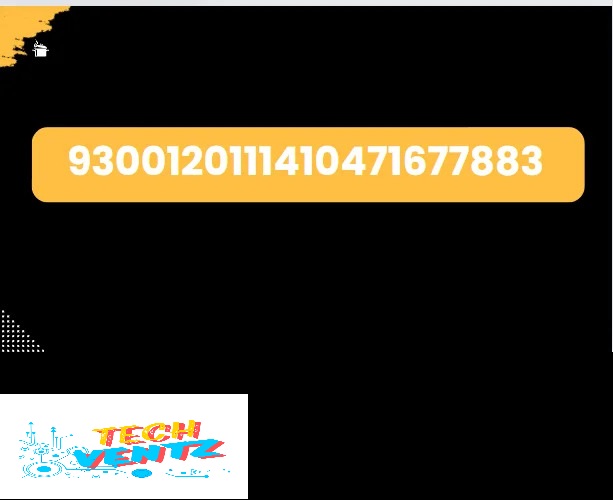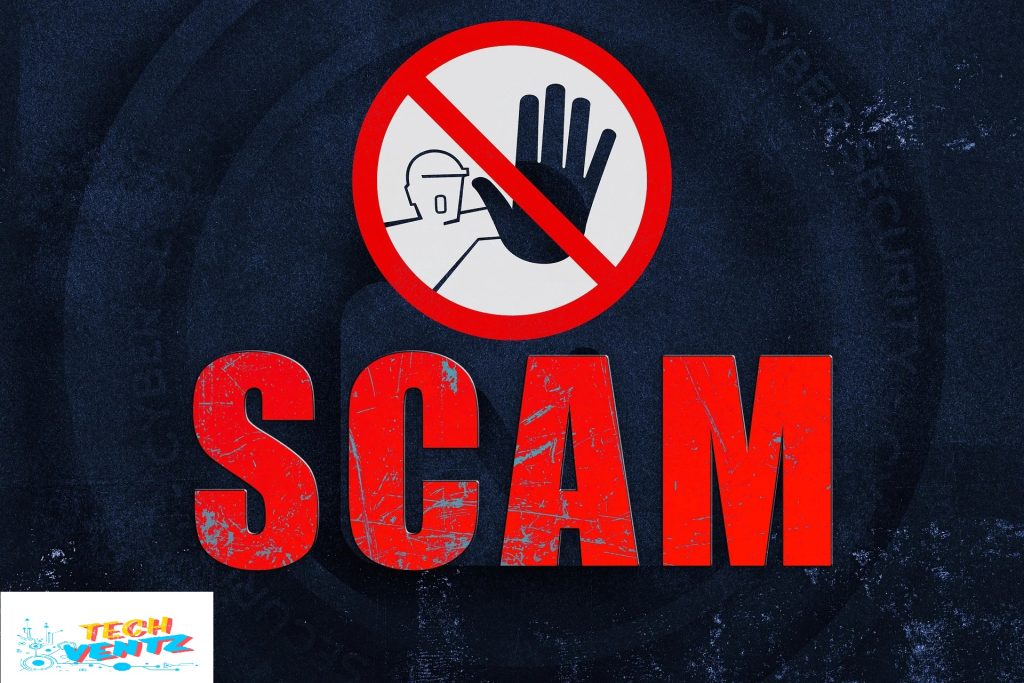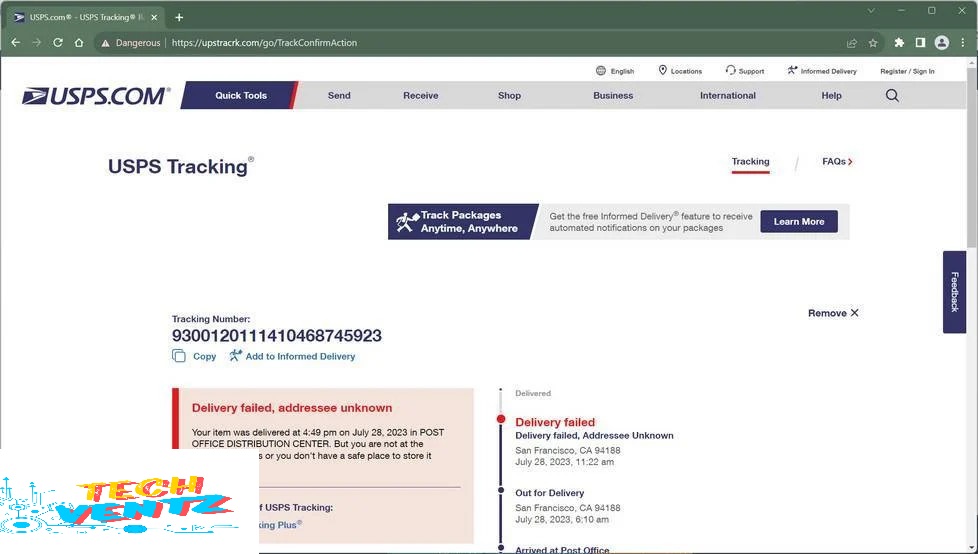In today’s digital age, scammers are constantly finding new ways to trick unsuspecting victims. One such scheme that’s been making the rounds is the 9300120111410471677883 USPS package tracking scam. If you’ve received a suspicious text message about a package with this tracking number, you’re not alone. Let’s dive into what this scam is all about and how you can protect yourself.

Understanding the Scam
The 9300120111410471677883 scam is a classic example of a phishing attempt. Here’s how it typically works:
- You receive a text message claiming to be from USPS
- The message mentions a package with the tracking number 9300120111410471677883
- It states there’s an issue with your delivery and asks you to click a link
- The link leads to a fake website designed to steal your personal information
Red Flags to Watch Out For
While these scams can be convincing, there are several red flags that can help you spot them:
- Unusual tracking numbers: The number 9300120111410471677883 is not a valid USPS tracking number format
- Urgency: Scammers often create a sense of urgency to make you act without thinking
- Requests for personal information: Legitimate companies won’t ask for sensitive data via text
- Suspicious links: Be wary of shortened URLs or links that don’t lead to official websites

How to Protect Yourself From This 9300 USPS Tracking Number
Staying safe from these scams isn’t rocket science. Here are some simple steps you can take:
- Don’t click on links in unsolicited messages
- Verify tracking numbers directly on the USPS website (https://tools.usps.com/go/TrackConfirmAction_input)
- Never provide personal information in response to unexpected messages
- Keep your devices and software updated to protect against malware
What to Do If You’ve Been Scammed
If you think you’ve fallen victim to this scam, don’t panic. Take these steps immediately:
- Change your passwords, especially for any accounts you may have accessed through the fake link
- Contact your bank and credit card companies to alert them of potential fraud
- Report the scam to the FTC.
- Consider placing a fraud alert on your credit reports

The Bigger Picture: Phishing Trends
The 9300120111410471677883 scam is just one of many phishing attempts out there. According to the FBI’s Internet Crime Complaint Center, phishing scams have been on the rise, with over 300,000 complaints reported in 2021 alone.
Scammers are getting more sophisticated, often using AI to create convincing messages and websites. They’re also targeting specific demographics, with older adults being particularly vulnerable.
Staying Informed and Vigilant
Knowledge is power when it comes to avoiding scams. Here are some resources to help you stay informed:
- USPS’s guide on recognizing fraudulent emails.
- FTC’s phishing page
- National Cybersecurity Alliance’s tips
Remember, legitimate companies will never ask you to provide sensitive information via text or email. When in doubt, always contact the company directly using their official website or phone number.

Conclusion About USPS 9300120111410471677883
The 9300120111410471677883 USPS package tracking scam is just one of many threats in the digital landscape. By staying informed, skeptical of unsolicited messages, and proactive about your online security, you can significantly reduce your risk of falling victim to these scams.
Remember, if something seems fishy, it probably is. Trust your instincts, verify independently, and never hesitate to reach out to official sources if you’re unsure. Stay safe out there!
Frequently Asked Questions (FAQs)
What is the 9300120111410471677883 USPS package tracking scam?
The 9300120111410471677883 scam is a phishing attempt where scammers send text messages pretending to be from USPS, claiming there’s an issue with a package and asking recipients to click a link that leads to a fake website to steal personal information.
How can I identify the 9300120111410471677883 scam?
Look for red flags like unusual tracking numbers, a sense of urgency, requests for personal information, and suspicious links that don’t lead to official websites.
What should I do if I receive a suspicious text message about a package?
Do not click on any links. Verify tracking numbers directly on the USPS website, avoid providing personal information, and keep your devices and software updated.
What steps should I take if I think I’ve been scammed?
Change your passwords, alert your bank and credit card companies, report the scam to the FTC, and consider placing a fraud alert on your credit reports.
Why are phishing scams like the 9300120111410471677883 on the rise?
Phishing scams are increasing due to the sophistication of scammers, who often use AI to create convincing messages and websites, and target specific demographics, with older adults being particularly vulnerable.


